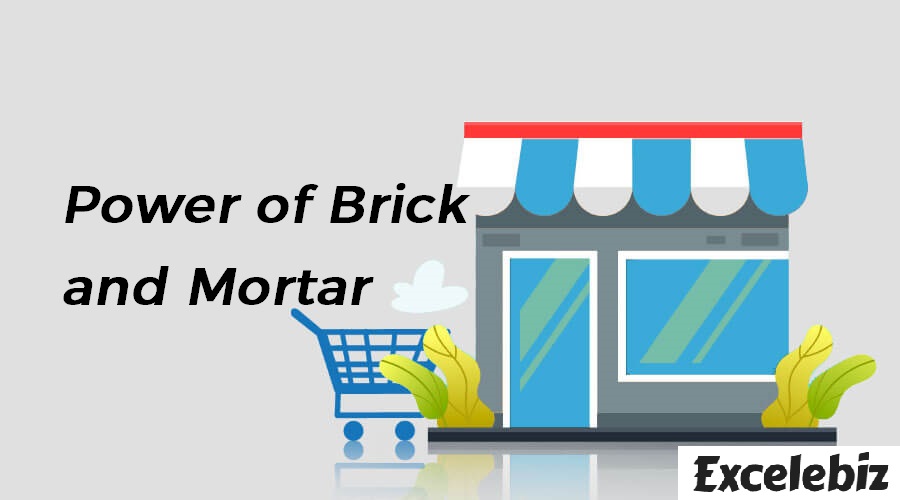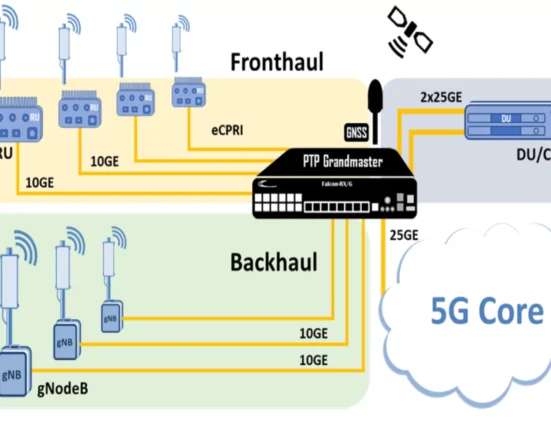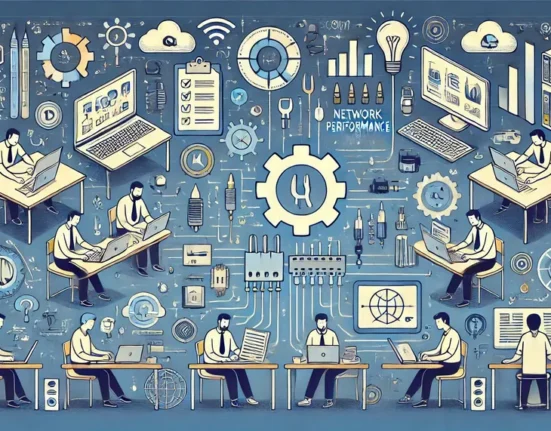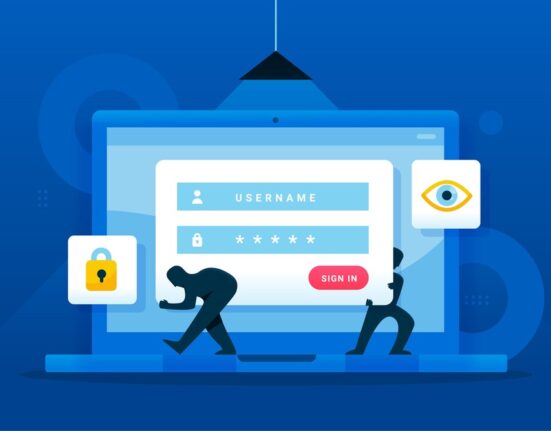In an era dominated by e-commerce and virtual marketplaces, the concept of brick-and-mortar in business stands as a testament to the enduring strength of physical establishments. While online shopping offers convenience and accessibility, brick and mortar refers to the traditional approach of conducting business through physical stores. It represents a tangible, in-person experience that fosters customer engagement, trust, and immediate gratification. In an era of domino brick-and-mortared by e-commerce and virtual marketplaces, the concept of brick-and-mortar in business stands as a testament to the enduring strength of physical establishments. While online shopping offers convenience and accessibility, brick-and-mortar refers to the traditional approach of conducting business through physical stores. It represents a tangible, in-person experience that fosters customer engagement, trust, and immediate gratification. However, for those who are not inclined towards brick and mortar businesses, there are alternative route business ideas that offer unique opportunities. Check out this link to explore some exciting route business ideas in New York for those seeking different entrepreneurial paths. In this article, we will explore the essence of brick and mortar in business, examine its advantages over delivery routes, and highlight a few notable examples.
Understanding Brick and Mortar
Brick and mortar, often referred to as B&M, represents the physical presence of a business in the form of a tangible location. These establishments range from retail stores and restaurants to banks and healthcare facilities. Brick-and-mortar businesses allow customers to interact with products or services firsthand, providing a sensory experience that goes beyond virtual shopping. The essence of brick-and-mortar lies in its ability to create a welcoming ambiance, personalized customer service, and a sense of community.
Advantages of Brick and Mortar over Delivery Routes
- Tangible Experience: Unlike delivery routes where customers rely on pictures and descriptions, brick-and-mortar businesses allow individuals to physically examine and interact with products before making a purchase. This hands-on experience builds trust and confidence, leading to higher customer satisfaction.
- Immediate Gratification: In a world where instant gratification is increasingly valued, brick-and-mortar businesses offer the advantage of immediate product availability. Customers can purchase items and take them home instantly, eliminating the need to wait for delivery.
- Personalized Customer Service: Brick-and-mortar establishments provide face-to-face interaction between customers and knowledgeable staff. This enables personalized assistance, recommendations, and the opportunity to address any concerns or questions promptly. Such personalized service fosters loyalty and strengthens customer relationships.
- Social Interaction and Community Engagement: Physical stores create a sense of community by bringing people together. They serve as gathering places where customers can interact, exchange ideas, and develop relationships with fellow patrons. This social aspect of brick-and-mortar shopping cannot be replicated by delivery routes.
Notable Examples of Brick and Mortar Success
- Apple Stores: Apple’s brick-and-mortar retail stores have become iconic worldwide. They offer customers the opportunity to explore and experience the latest Apple products firsthand. With their sleek design, interactive displays, and knowledgeable staff, these stores have become hubs for technological innovation and customer engagement.
- Starbucks: Starbucks coffeehouses exemplify the power of brick and mortar in creating an inviting atmosphere. Customers visit not only for their favorite beverages but also for the cozy ambiance and social experience. Starbucks stores have become popular meeting places, making them integral parts of communities worldwide.
- IKEA: Known for its massive retail spaces, IKEA offers customers a unique shopping experience. With fully furnished showrooms, interactive displays, and on-site restaurants, customers can envision how IKEA products would fit into their homes. The brick-and-mortar approach enables customers to physically touch and test furniture, leading to higher customer satisfaction and brand loyalty.
Conclusion
Brick-and-mortar businesses remain a vital part of the commercial landscape, complementing the rise of online shopping. The tangible experience, immediate gratification, personalized customer service, and community engagement offered by brick-and-mortar establishments cannot be replicated by delivery routes. Despite the convenience of virtual commerce, the enduring power of brick-and-mortar lies in its ability to provide a unique and immersive experience that connects businesses with their customers in a meaningful way.






